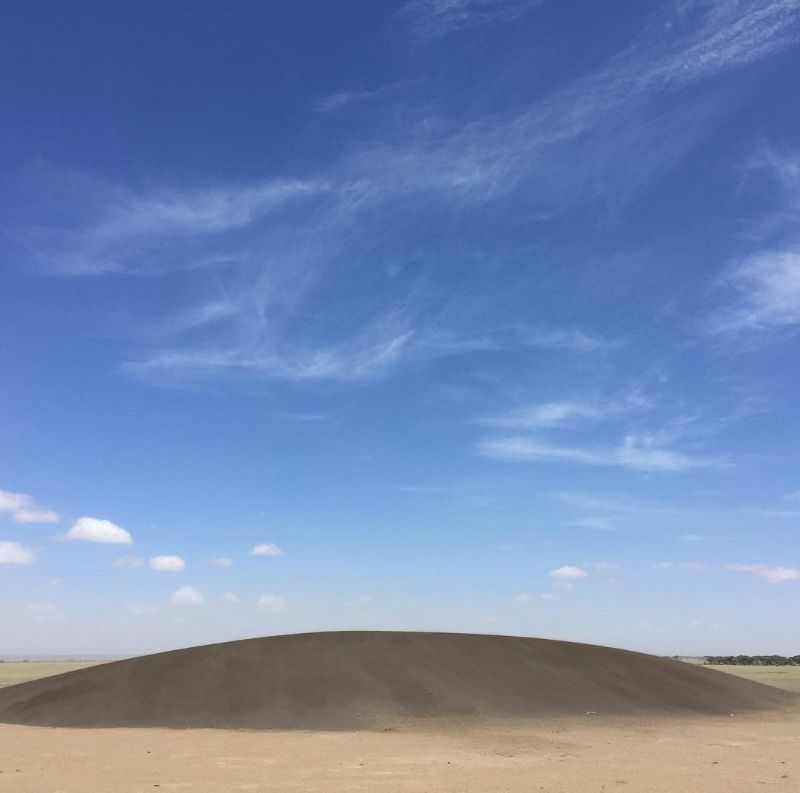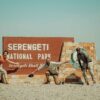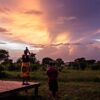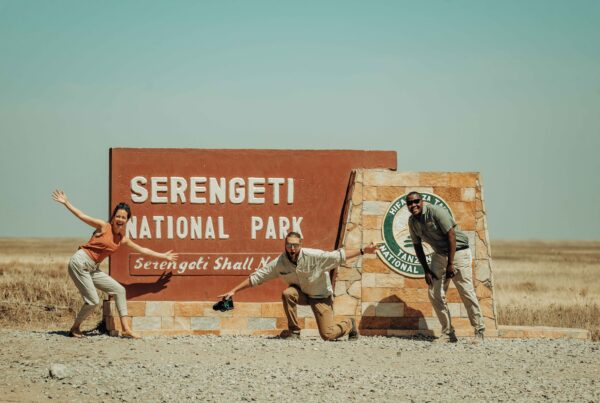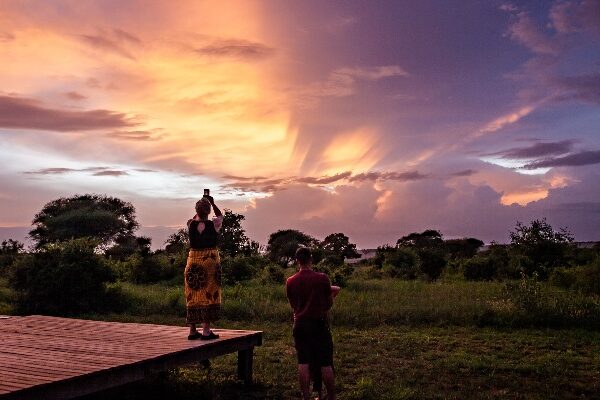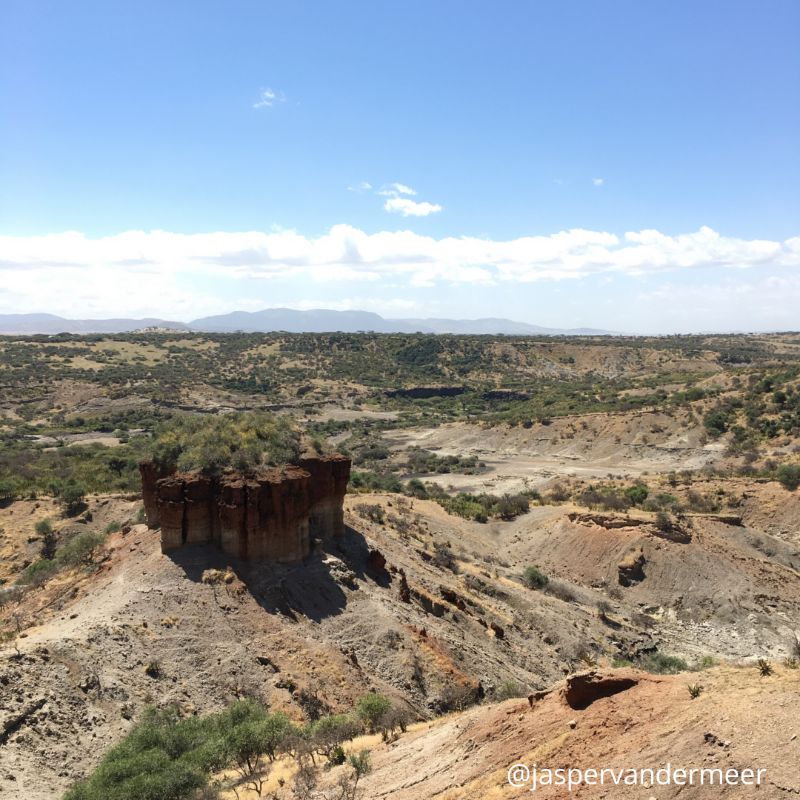
With just a short stopover between Ngorongoro Crater and the Serengeti, you can stand at the site of the discovery of early humankind dating back 2 million years! Olduvai Gorge is known as the “cradle of humankind”.
This is the most important paleoanthropological site in the world, with beds formed in the Pleistocene epoch, 40,000 to 2.6 million years ago, containing unsurpassed records of past environments including hominid fossils – linked to Australopithecus (Paranthropus) Boisei, Homo Habilis & Homo Erectus -, middle to late stone age artifacts and a wide range of fossilized fauna. It preserves many artifacts in primary or near primary context, providing additional information of early hominids.
Exploratory expeditions here were pioneered by couple Mary and Louis Leakey from 1931 to 1947, documenting the evolutionary history of our stone-tool using ancestors, vertebrate fauna and the environments over the last two million years. In the 50s and 60s, the Leakeys continued to uncover pieces of a nearly complete skull, a well-preserved fossil foot with arches and more, providing important information about hominins. In 1986, a team of Tanzanian and American archaeologists unearthed 302 bones and teeth belonging to a female that was determined to be about 1.8 million years old.
Your Visit – Olduvai Gorge
Take a short respite from your game viewing to visit this world-famous historical site. The newly-built museum has incredible artifacts on display alongside the steep-sided ravine. Explore the different sections of the museum and chat with a resident expert about the significance of the area. Outdoor excursions still occur in the dry season when it is possible to see the area where digs are happening.
Bonus Excursion – Shifting Sands
Afterwards, take a short 20-minute drive to visit the Shifting Sands. This unique phenomenon is a dune of volcanic ash on the grass plains that constantly moves at the mercy of prevailing winds. These dunes are formed when there is ample dust on the ground and unidirectional wind to create the effect. Volcanic ash clusters due to its high iron content, making it magnetic, collecting to form a small sand dune. Research discovered that the wind blows the dune approximately 10 meters per year.


